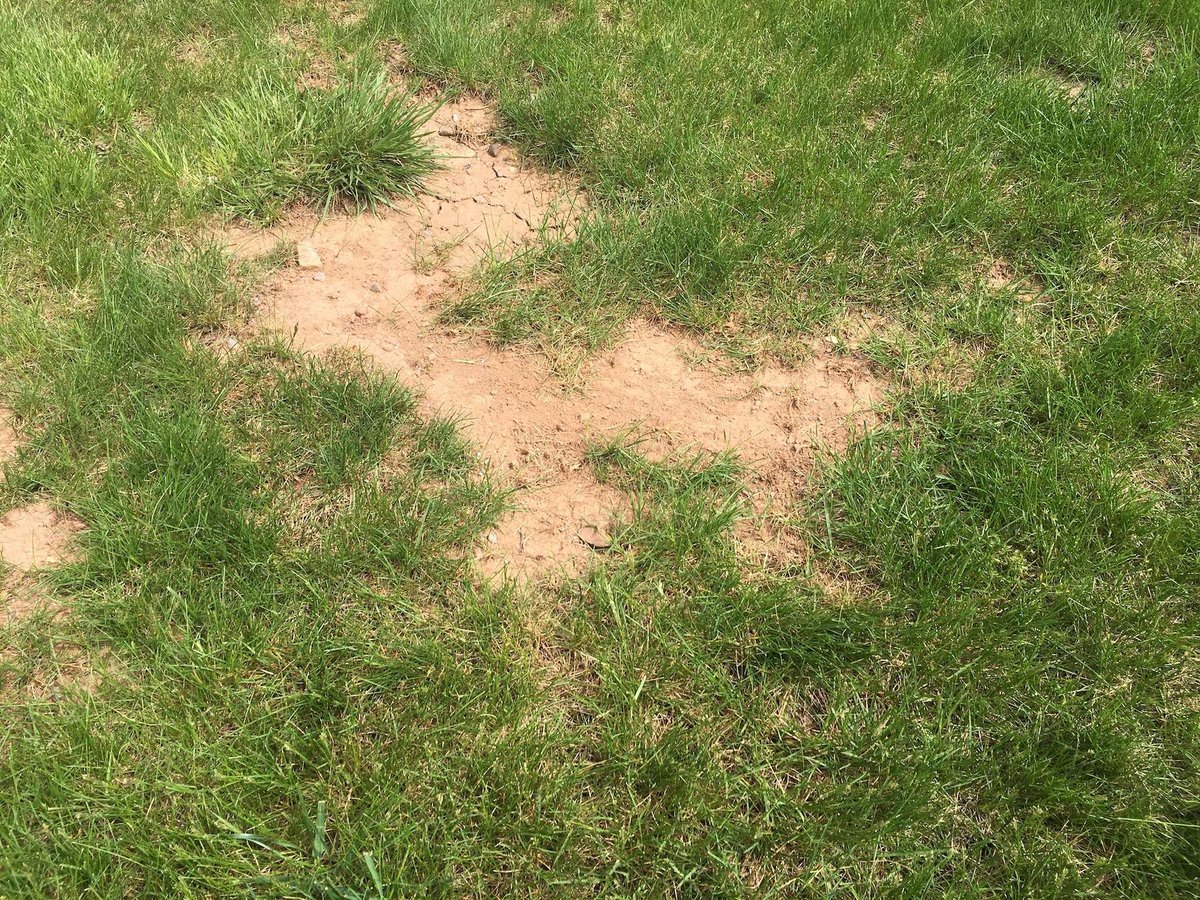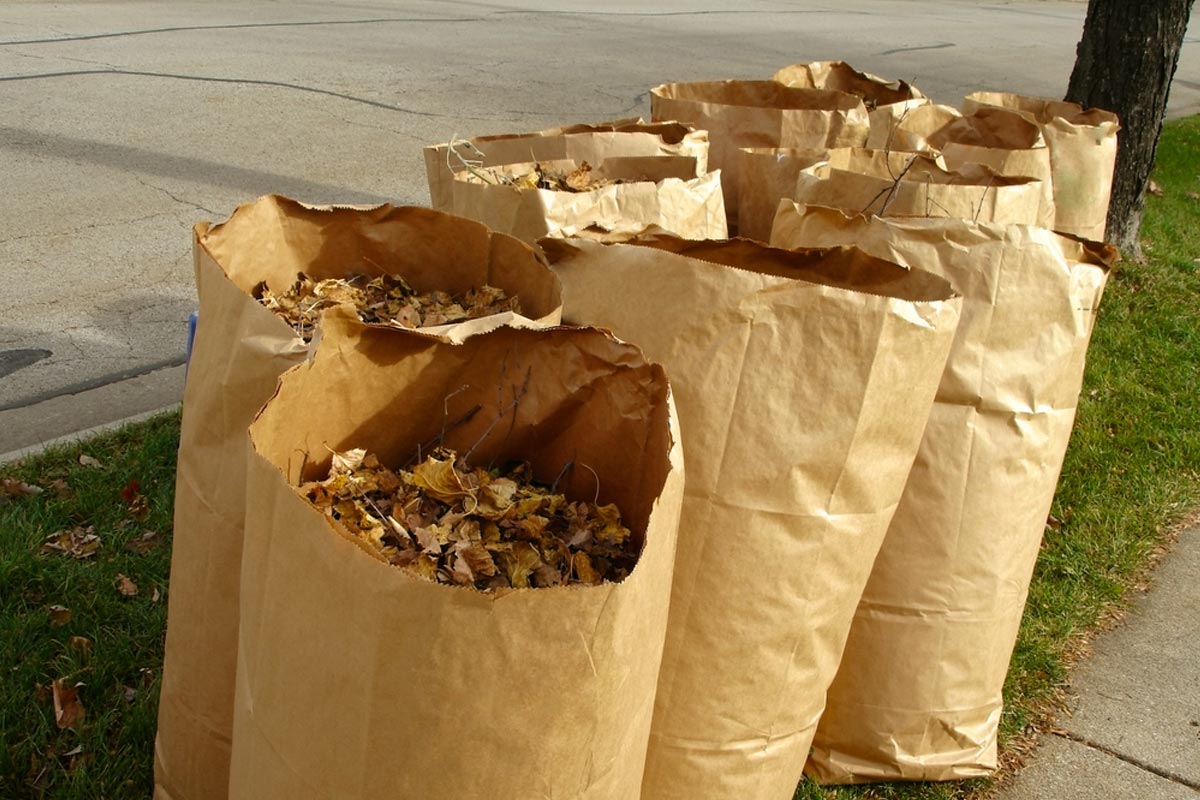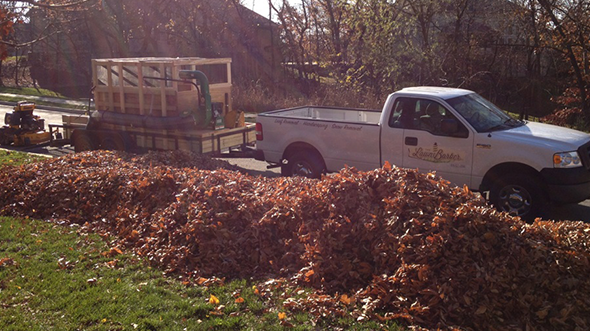Embracing Autumn Leaves: Raking vs. Mulching

As autumn arrives, it paints neighborhoods with brilliant hues, fills the air with a crisp chill, and blankets lawns with a cascade of fallen leaves. This seasonal beauty, however, brings a common question for lawn enthusiasts: what’s the best way to handle all those leaves? Should you gather them into piles for removal, or chop them finely and let them nourish your lawn? This choice goes beyond convenience—it influences your lawn’s vitality, soil health, and the broader garden ecosystem. Let’s dive into both strategies, weighing their pros and cons, to help you decide the ideal approach for your yard this fall.
Why Choose Raking?
Raking is a time-honored method involving manually or mechanically collecting leaves into heaps for disposal, composting, or repurposing as mulch elsewhere in your garden.
Advantages of Raking:
- Prevents Grass Suffocation: Thick leaf layers can block sunlight and air, weakening your turf and encouraging fungal issues. Raking clears this buildup, letting your grass breathe and thrive.
- Lowers Disease Risks: Moist, decomposing leaves create a breeding ground for fungi and pathogens. Removing them helps protect your lawn from ailments like snow mold and leaf spot.
- Boosts Visual Appeal: A raked lawn looks neat and well-maintained, enhancing your home’s curb appeal.
- Provides Compost Material: Collected leaves can be composted into nutrient-rich soil amendments or shredded for mulch in flower beds and vegetable patches.
Challenges of Raking:
- Physically Demanding: Manual raking requires considerable effort, especially on larger properties.
- Time-Consuming: Frequent leaf fall means multiple raking sessions throughout autumn.
- Environmental Concerns: Bagging leaves for municipal pickup often leads to landfill waste, which isn’t eco-friendly.
While effective, raking may not always be the most efficient or sustainable option.
The Benefits of Mulching Leaves
Mulching involves finely chopping fallen leaves with a mulching mower or shredder and leaving the fragments on the lawn to decompose naturally.
Why Mulch?
- Natural Soil Enrichment: Mulched leaves act as an organic fertilizer, supplying vital nutrients like nitrogen, phosphorus, and potassium that promote lush grass growth.
- Improves Soil Quality: As the leaves break down, they enhance soil texture, boost moisture retention, reduce erosion, and stimulate beneficial microbial life.
- Reduces Waste: Mulching keeps leaves out of landfills, cutting down on transportation and disposal impacts.
This method supports a healthier lawn ecosystem while being environmentally responsible.
Eco-Friendly Leaf Management

-
Nutrient Recycling: Mulching is a sustainable practice that returns valuable nutrients directly back into your lawn’s soil.
-
Time-Saving Convenience: Skip the repetitive chore of raking. Simply mow over fallen leaves during your regular lawn mowing routine to keep your yard tidy and nourished.
-
Natural Weed Control: A light layer of finely mulched leaves can serve as an organic barrier against weeds by blocking sunlight and limiting their growth.
Challenges of Mulching
-
Specialized Tools Needed: To mulch effectively without harming your grass, a mulching mower or leaf shredder is necessary to finely chop the leaves.
-
Not Ideal for Heavy Leaf Accumulations: Thick, dense leaf piles can mat down, suffocating the grass beneath and slowing the breakdown process.
-
Timing is Crucial: Mulching works best when leaves are dry; wet leaves tend to clump, creating uneven patches that can damage your lawn.
Factors Influencing Your Choice
-
Lawn Size:
- Small yards benefit from mulching since a single mowing can handle most leaves.
- Larger lawns with heavy leaf fall might require raking, especially in hard-to-mow spots.
-
Leaf Type:
- Thin, small leaves like those from maple or birch trees mulch easily and decompose quickly.
- Thick, waxy leaves such as magnolia or holly often need raking because they break down slowly and can smother grass if mulched.
-
Available Equipment:
- Having a mulching mower or shredder makes the process efficient and effective.
- Without the right tools, mulching can lead to clumps that harm your lawn.
-
Desired Lawn Appearance:
- If you prefer a perfectly manicured look, raking might be your choice.
- For those focused on soil health and eco-friendliness, mulching is the better option.
-
Environmental Impact:
- Mulching returns nutrients to the soil, reduces landfill waste, and lowers your carbon footprint.
- Raking and bagging leaves, especially when sent to landfills, have a greater environmental cost.
Best Practices for Managing Leaves
-
Mulching Tips:
- Mow regularly during peak leaf fall to prevent thick layers.
- Use multiple passes with the mower, lowering the blade gradually if leaves are dense.
- Leave only a thin layer of mulched leaves to avoid blocking sunlight.
- Consider applying a light fall fertilizer to boost nutrients.
-
Raking Tips:
- Rake when leaves are dry, preferably early morning, to avoid matting.
- Shred leaves before composting to speed up decomposition.
- Dispose of leaves responsibly by composting or using them in garden beds.
- Use mulched leaves in vegetable or flower gardens to enrich the soil.
-
Hybrid Approach:
- Some homeowners mulch lighter, smaller leaves and rake heavier, thicker ones to balance lawn health and labor.
Final Thoughts
Deciding whether to rake leaves or mulch them back into your lawn isn’t a clear-cut choice—it varies based on several factors. Each approach offers unique benefits, and the best option hinges on your lawn’s size, the type of leaves you’re dealing with, the tools you have, and your priorities regarding environmental impact and lawn aesthetics. Mulching works especially well for smaller yards, eco-friendly gardeners, and those aiming to enrich their soil naturally. On the other hand, raking is preferable when handling large quantities of leaves, dealing with dense or waxy foliage, or if you favor a tidy, well-groomed lawn appearance. The ultimate aim is to manage fall leaves in a way that supports a thriving, healthy lawn for the upcoming growing season. By weighing the pros and cons of each method and applying best practices, you can keep your lawn lush, robust, and ready to flourish in spring.
Autumn Leaf Management Overview
- Autumn brings colorful leaves that cover lawns, prompting the question: rake or mulch?
- This choice impacts lawn health, soil fertility, and the ecosystem.
Raking Leaves
- Traditional method: collects leaves for disposal, compost, or mulch elsewhere.
- Benefits:
- Prevents lawn smothering by removing thick leaf layers.
- Reduces disease risk from damp, decaying leaves.
- Enhances lawn appearance with a clean look.
- Provides leaves for compost or garden mulch.
- Drawbacks:
- Labor and time intensive.
- May contribute to landfill waste if bagged.
Mulching Leaves
- Chops leaves finely and leaves them on the lawn to decompose.
- Benefits:
- Acts as natural fertilizer, enriching soil nutrients.
- Improves soil structure and water retention.
- Reduces yard waste and environmental impact.
- Saves time by combining with regular mowing.
- Suppresses weeds naturally.
- Drawbacks:
- Requires proper equipment (mulching mower/shredder).
- Not ideal for heavy leaf layers.
- Works best with dry leaves.
Factors Influencing Choice
- Lawn size: small lawns favor mulching; large lawns may need raking.
- Leaf type: thin leaves mulch easily; thick, waxy leaves may need raking.
- Equipment availability affects mulching feasibility.
- Desired lawn appearance and environmental goals guide the method.
Best Practices
- Mulching: mow regularly, use multiple passes, leave thin layers, consider fall fertilizer.
- Raking: rake when leaves are dry, shred before composting, dispose responsibly.
- Combination approach: mulch light leaves, rake heavy ones.
Conclusion
- No one-size-fits-all; choose based on lawn size, leaf type, equipment, and goals.
- Mulching suits small lawns and eco-conscious care.
- Raking suits large leaf volumes and neat appearance preferences.
- Proper leaf management promotes a healthy, vibrant lawn for spring.
